Egrets Folsom CA
Egrets Folsom CA
Egrets, with their pristine white feathers and long, slender bodies, are captivating birds that can make for stunning subjects in nature photography. These majestic creatures are known for their grace and elegance, and photographing them can be a rewarding experience for any nature enthusiast or wildlife photographer. In this blog post, we will explore some tips and techniques to help you capture the beauty of egrets in your photographs.
Research and Location
Before embarking on your egret photography adventure, take the time to research and identify suitable locations where these birds can be found. Egrets are commonly found near bodies of water such as lakes, rivers, or marshlands, as they feed on fish and other aquatic creatures. National parks, wildlife reserves, and coastal areas are great places to start. Look for habitats that offer a natural and undisturbed environment for the egrets.
Patience and Observation
Photographing egrets requires patience and observation. Take some time to study their behavior and movements. Observe their feeding patterns, flight paths, and preferred perching spots. By understanding their habits, you can anticipate their actions and capture unique and captivating shots. Keep your distance and be respectful of their space, as approaching too closely may cause them to fly away.
Equipment and Settings
When photographing egrets, it’s best to use a telephoto lens to get closer to the birds without disturbing them. A lens with a focal length of around 300mm to 600mm is ideal for capturing the intricate details of their plumage and expressions. Consider using a tripod or monopod to stabilize your camera and minimize camera shake.
In terms of camera settings, start with a fast shutter speed to freeze their movements and prevent motion blur. A setting between 1/500th to 1/1000th of a second should work well. Use a wide aperture (low f-number) to create a shallow depth of field, isolating the egret from the background and creating a pleasing bokeh effect. Experiment with different aperture settings to achieve the desired effect.
Composition and Lighting
When composing your egret photographs, keep in mind the rule of thirds. Place the bird off-center, allowing negative space to enhance the overall composition. Focus on capturing their unique features, such as their long necks, sharp beaks, and flowing feathers. Look for interesting angles and perspectives to add depth and dimension to your images.
In terms of lighting, soft and diffused light works best for capturing the subtle details and textures of the egret’s plumage. Early morning and late afternoon are often the optimal times for photography, as the golden light of the “golden hour” can add a warm and magical quality to your images.
Capture Unique Moments
To create compelling and memorable egret photographs, strive to capture unique moments and behaviors. Look for interactions between the birds, such as courtship displays, preening rituals, or hunting behaviors. Be patient and prepared to capture that split-second moment that tells a story or evokes emotion.Post-
Processing and Editing
After capturing your egret images, post-processing can help enhance their visual impact. Use photo editing software to adjust exposure, contrast, and color balance. Fine-tune the sharpness and clarity of the image while preserving the natural look of the bird. Avoid excessive editing that can make the image look unnatural.
Photographing egrets can be a fulfilling and rewarding experience for any nature photographer. By researching their habitats, observing their behavior, and using the right equipment and settings, you can capture their grace and elegance in stunning detail. Remember to be patient, respectful, and attentive to the birds’ needs while enjoying the process of capturing their beauty through your lens. Happy egret photography!

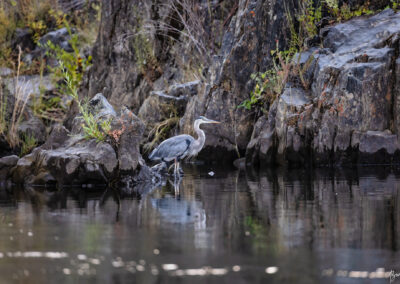
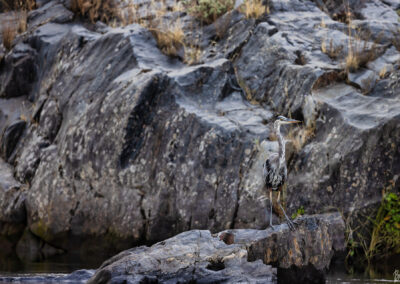
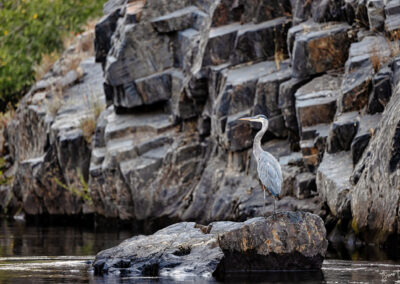
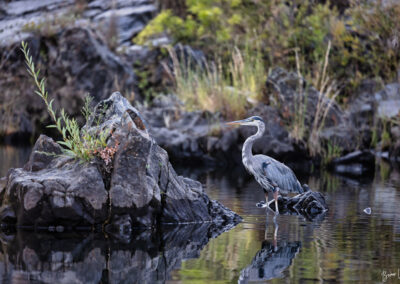
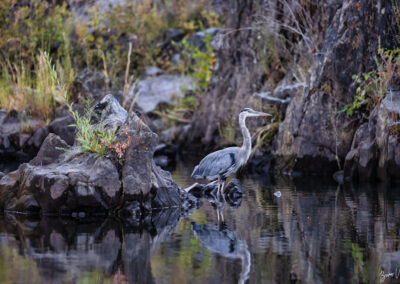
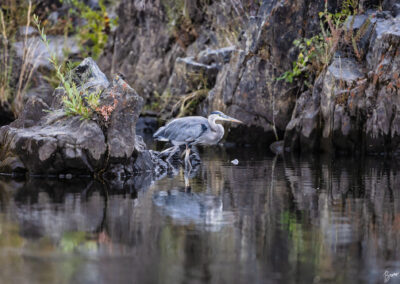
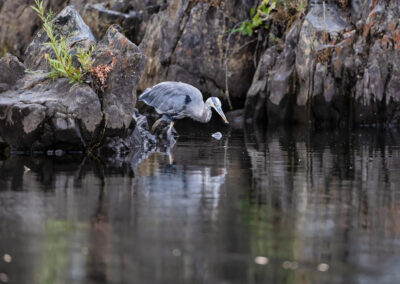
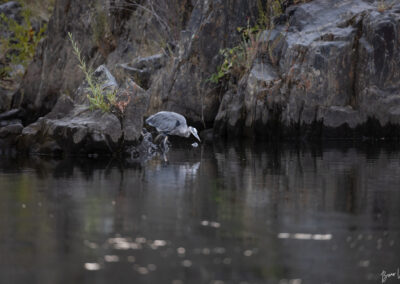
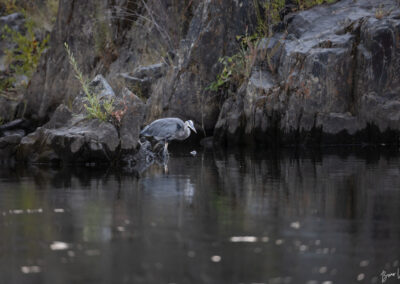
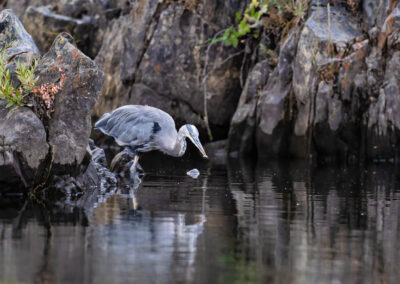
0 Comments